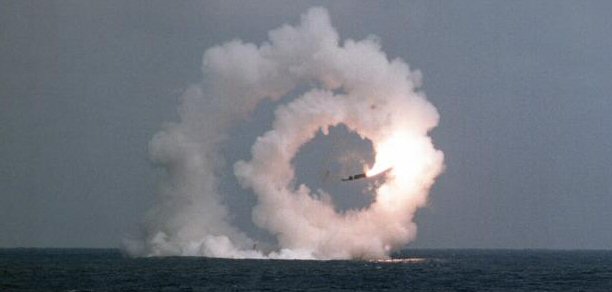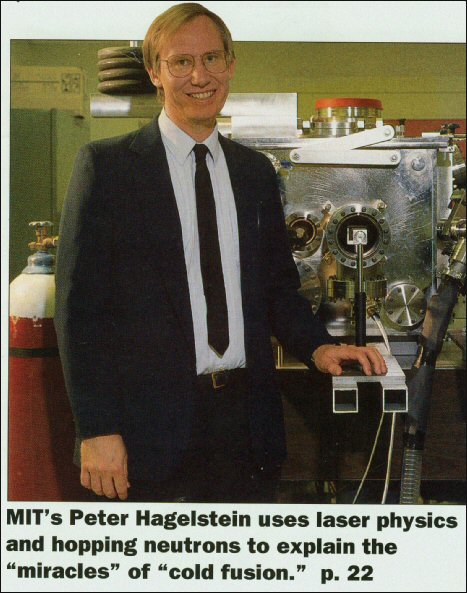
New Energy Times Report #4: Rossi’s NASA Test Fails to Launch
Feb. 10, 2012
By Steven B. Krivit
Editor, New Energy Times
[The full New Energy Times article is Copyright 2012 New Energy Times and may not be reproduced without permission. The Background Facts and Synopsis are Copyleft 2012 New Energy Times. Permission is granted to reproduce the Background Facts and Synopsis as long as they, this notice and the publication information are included in their entirety and no changes are made to the text.]
Background Facts on LENRs
– Low-energy nuclear reactions are represented by a significant body of research that has been published in mainstream peer-reviewed journals, presented at mainstream conferences and printed in mainstream scientific encyclopedias. Click on “About LENRs” from the New Energy Times menu.
– New Energy Times performed extensive reporting and videotaped documentation on the Rossi “Energy Catalyzer” topic in 2011. Click on “Andrea Rossi’s E-Cat” from the New Energy Times Investigations menu.
– Rossi is not the first person to attempt to commercialize LENR. People have made such efforts throughout the history of the field. Click on “Commercial Index” from the New Energy Times left-hand menu.
Synopsis of Report #4: Rossi’s NASA Failures
Andrea Rossi, an Italian man who claims to have invented a practical low-energy nuclear reaction device, will not have his device tested and evaluated by NASA. In the past year, Rossi has had mixed success in gaining support at two NASA laboratories: Langley Research Center in Hampton, Va., and Marshall Space Flight Center in Huntsville, Ala.
On July 14, 2011, Rossi asked staff members at NASA Marshall to test and evaluate his device. Marshall staff accepted Rossi’s offer. The two parties began negotiating details of the test protocol. NASA asked for a test that avoided phase change of water into steam because steam would introduce unnecessary confusion to the test. A few days later, Rossi withdrew his offer.
New Energy Times obtained this story as it took place; however, in an agreement with NASA, New Energy Times agreed to embargo the story until 2012.
On Sept. 5 and 6, a private demonstration of Rossi’s device in Bologna, Italy, took place before a group of visitors: Jim Dunn, the former director of the NASA Northeast Regional Technology Transfer Center and a close associate of Dennis Bushnell, the chief scientist at NASA Langley; John Preston, a Boston investor; and at least one technical expert. The objective of this demonstration was to perform basic due diligence that, if passed, would lead to a second chance at a full-fledged test by NASA.
Despite the team’s best efforts, its members were not able to confirm any excess heat from Rossi’s device. The demonstrations on Sept. 5 and 6 both failed.
A distinctive part of this story is the difference between the attitudes of two key NASA staff members who have been involved – one at Marshall, the other at Langley. Both people have been enthusiastic about LENR and recognize its potential as a game-changer in the areas of energy and technology. Both know the 23-year history of real science that distinguishes LENR from “free energy” and from “cold fusion.”
Dennis Bushnell, the chief scientist at Langley, has been a strong believer in Rossi and his “Energy Catalyzer” and has been publicly and uncritically promoting Rossi.
Michael A. Nelson, an engineer at Marshall who investigates low-energy nuclear reactions and space applications, has been more circumspect. Nelson has publicly identified the key technical concerns about the Rossi device.





